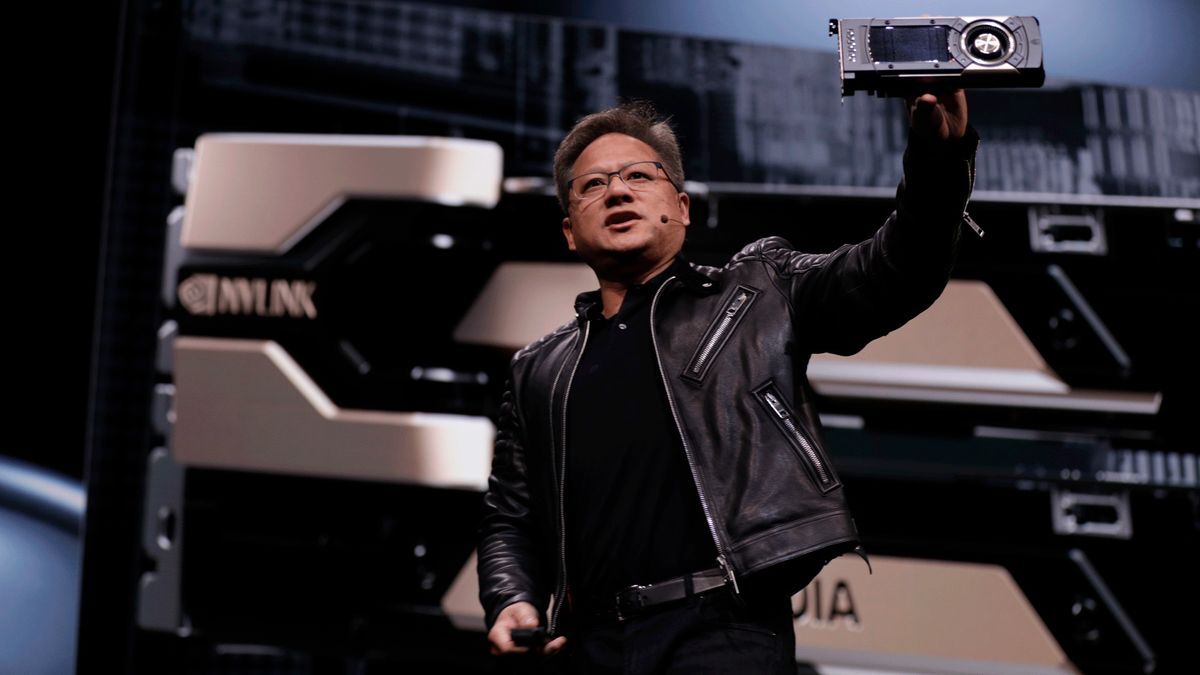Lol. Lmao.
In the funniest timeline, the US nationalizes Nvidia to delay China from making chips that work well with LLM’s… by a year tops.
Link to original Fortune article the PC Gamer article pulled from, with this juicy relevant quote:
To do that, Raimondo said the Commerce Department’s Bureau of Industry and Security, which manages export controls for the US, needs more funding from Congress.
“I have a $200 million budget. That’s like the cost of a few fighter jets. Come on,” she said. “If we’re serious, let’s go fund this operation like it needs to be funded.”



Hey, nice to see someone with some industry knowledge posting! I would extrapolate the “service contract” model’s inefficiency to the whole industry. It’s not just lithography, it’s also everyone from etch and defect metrology, to testing/binning and packaging. The big semiconductor names don’t build any of the production tools. TSMC, Intel, Samsung, and the other fab owners buy all of their tools from other companies, and those other companies sell them service contracts in order to more effectively hoard their IP.
A state-owned enterprise that does all of its own service and R&D would blow the capitalist firms out of the water. I estimate that 80% of the workforce at any given fab is superfluous, and only employed to safeguard each company’s IP. All of this increases production downtime, as the manufacturing technicians aren’t allowed to know enough to fix problems themselves and have to wait on the service company’s service engineers to show up to do anything more than the most basic tasks. On top of the actual manufacturing inefficiencies this model introduces, the capitalists from each company involved are taking their outsized takes from every transaction. Some of it goes to funding R&D, but a state owned enterprise would be able to redirect significantly more profits to R&D.